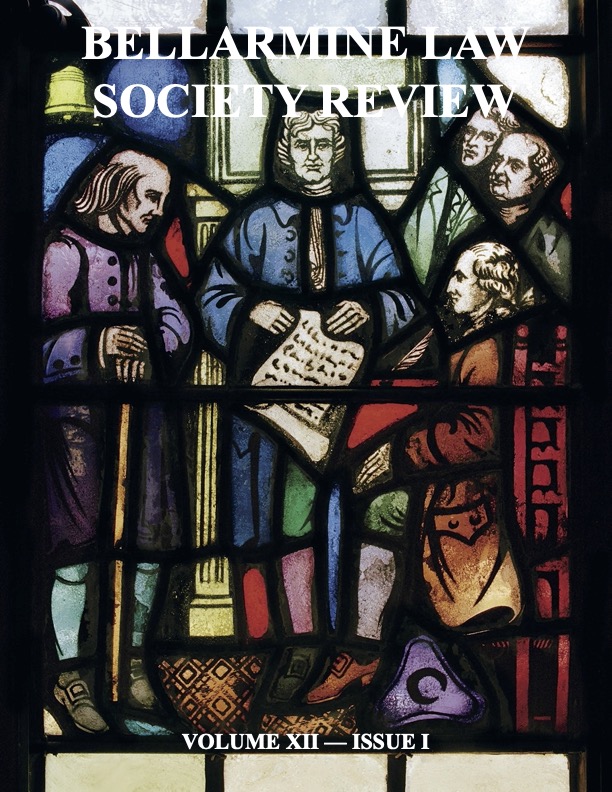From the Magna Carta to the MCA: The Development of the Right to Habeas Corpus for Enemy Combatants of the United States
Keywords:
Habeas Corpus, Military Commissions Act of 2006, War on Terror, Enemy CombatantsAbstract
The Writ of Habeas Corpus is one of the foremost rights entrenched in the Common Law System. However, the courts' varying interpretations of the “Suspension Clause” of the American Constitution have resulted in a varied protection of this right in cases where claimants are found to be enemy combatants to the United States. To begin, this article will detail the history of the writ of habeas corpus. Then, it will offer a reflection on the instances where the Supreme Court has considered the government’s proper use of the Suspension Clause, first in the Civil War and next in World War II. Finally, this article will analyze the Supreme Court’s decisions in three landmark post-9/11 cases, Rasul v. Bush (2004), Hamdi v. Rumsfeld (2004), and Boumediene v. Bush (2008), assessing how the court balanced competing standards set forth during the Civil War and World War II.
Downloads
Published
How to Cite
Issue
Section
License

This work is licensed under a Creative Commons Attribution-NonCommercial 4.0 International License.
Please follow the link for further Copyright and License Information.


